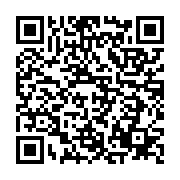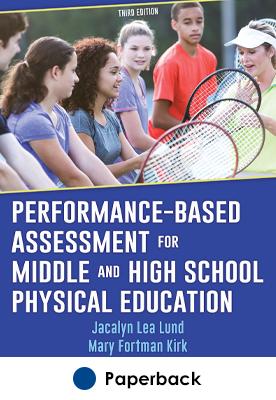The book is organized into four parts, with part I introducing readers to performance-based assessment issues such as the need for change in the assessment process, how assessments can be used to enhance learning, the various assessment domains and methods, and the use of rubrics in assessments. Part II explores aspects of managing and implementing physical education lessons. In part III, readers learn about the components of performance-based assessment, and in part IV, they delve into issues affecting grading and implementing continuous performance-based assessment.
This groundbreaking text explains the theory behind assessment and, through its numerous models, shows how to apply that theory in practice. The text is filled with practical examples, much more so than the typical assessment book. And it is supplemented by a web resource that houses forms, charts, and other material for instructors to use in their performance-based assessments.
Class size, skill levels, and time factors can make assessments difficult—but far from impossible. The examples in the book are meant to be modified as needed, with the ideas in the book used as starting points.
Teachers can use the material, examples, and tools in this book to create assessments that enhance student learning, providing them feedback to let them know what they have accomplished and how they can work toward goals of greater competence.
This groundbreaking text explains the theory behind assessment and, through its numerous models, shows how to apply that theory in practice. The text is filled with practical examples, much more so than the typical assessment book. And it is supplemented by a web resource that houses forms, charts, and other material for instructors to use in their performance-based assessments.
Class size, skill levels, and time factors can make assessments difficult—but far from impossible. The examples in the book are meant to be modified as needed, with the ideas in the book used as starting points.
Teachers can use the material, examples, and tools in this book to create assessments that enhance student learning, providing them feedback to let them know what they have accomplished and how they can work toward goals of greater competence.





